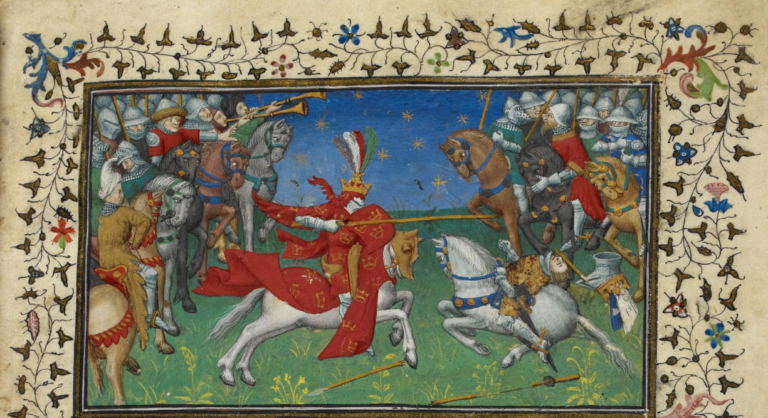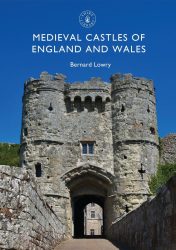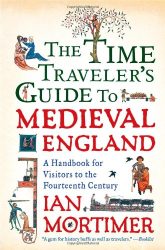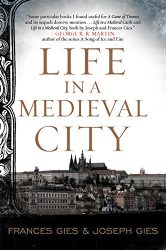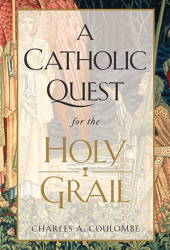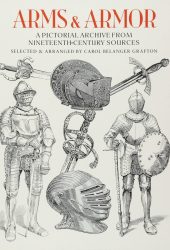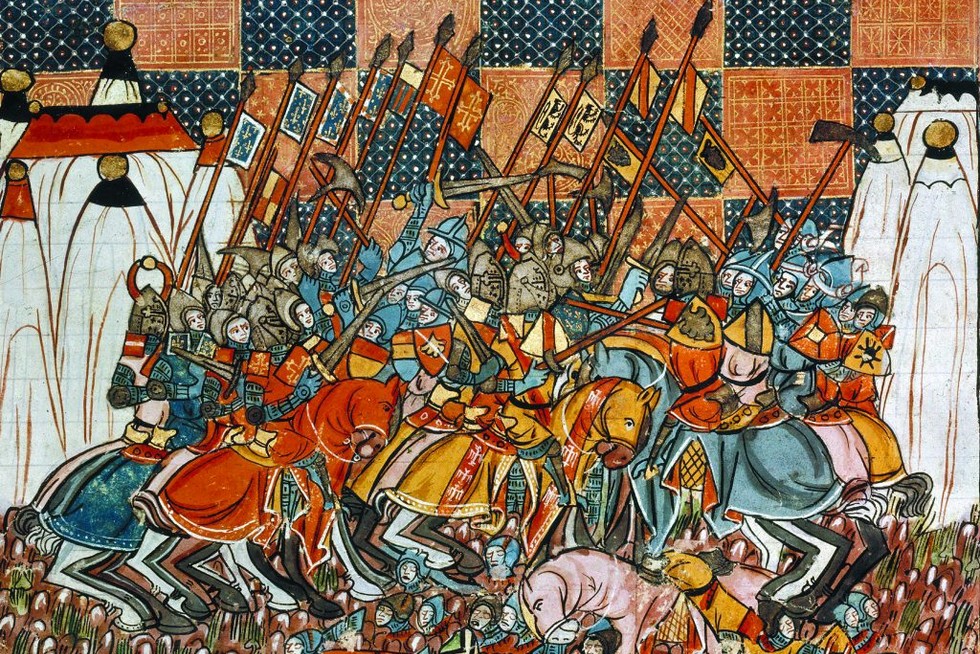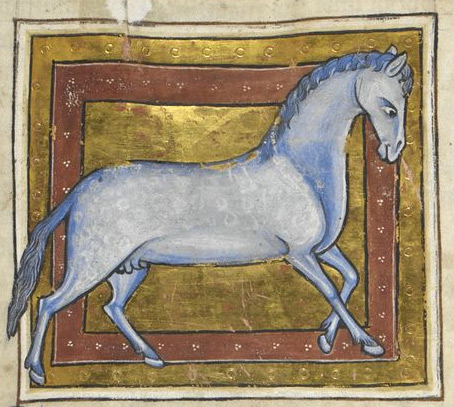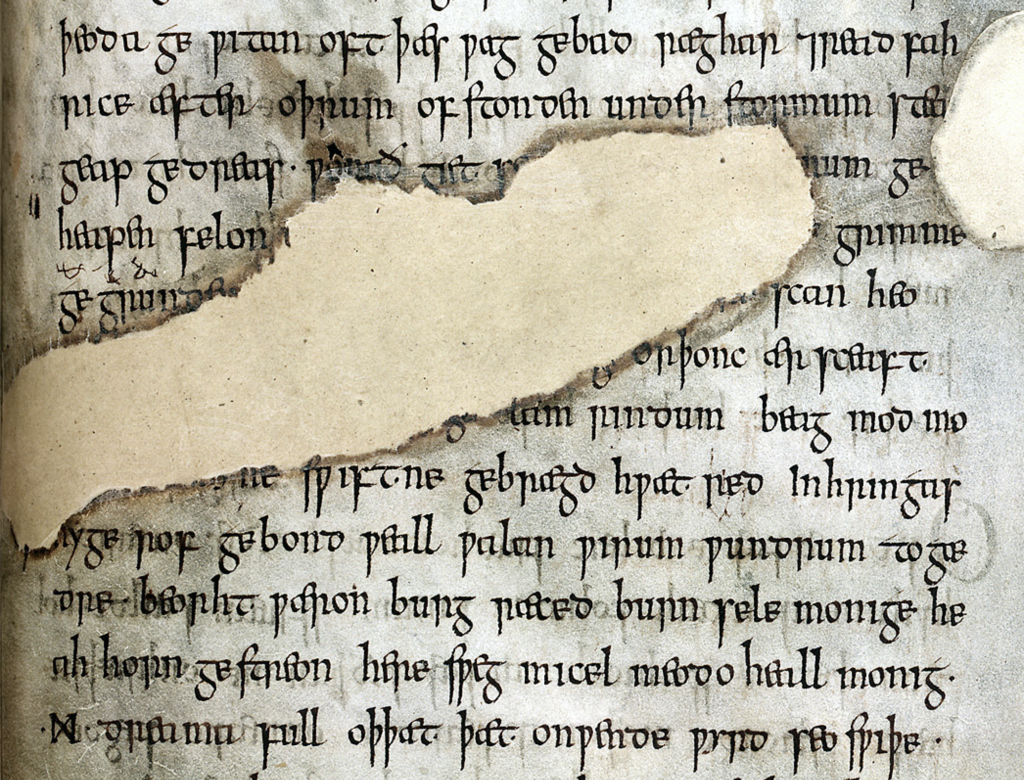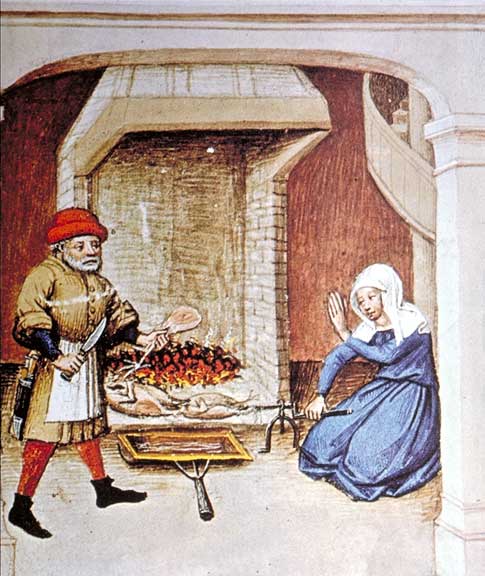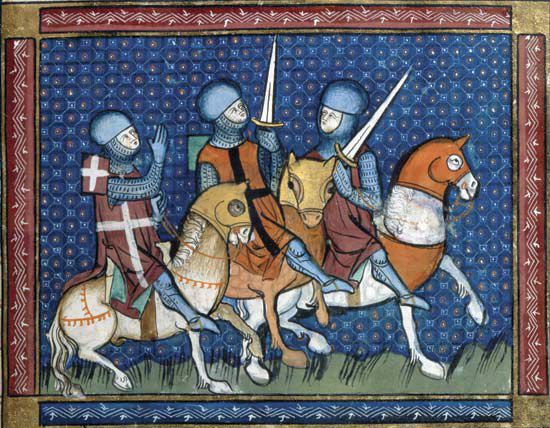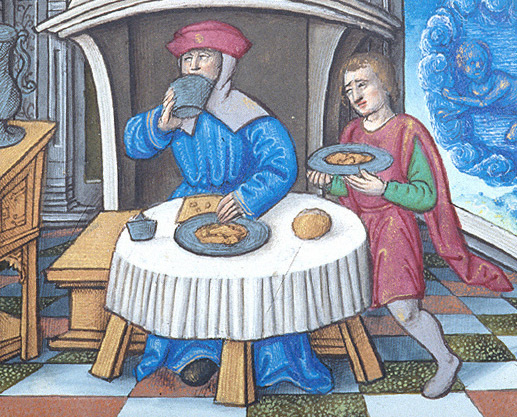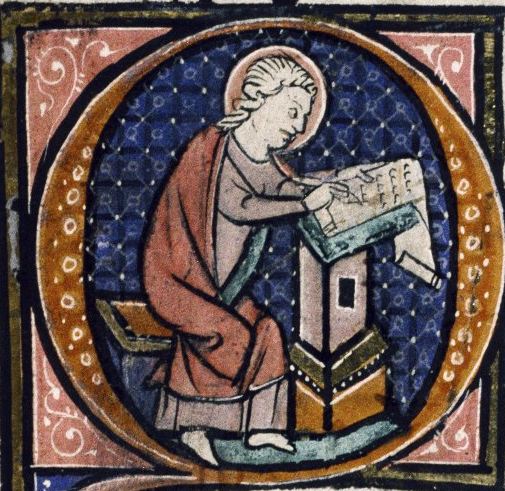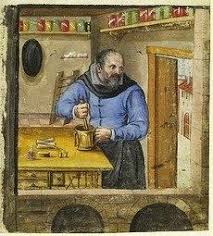The study of medieval weapons offers a glimpse into the ingenuity and innovation of our ancestors in the realm of warfare, as the use of weapons in this era was a complex interplay of self-defence, social dynamics, military strategy, and cultural values, shaping the course of medieval history.
Their design and effectiveness varied greatly, and their evolution played a significant role in shaping the course of history. So, in this article, we will explore the most popular weapons of the Middle Ages, and how they were used in Great Britain and Europe.
Why Were Weapons So Important in the Medieval Era?
In the Middle Ages, people used weapons primarily for self-defence and warfare.
One of the main reasons was to protect themselves, their families, and their property. Frequent conflicts, raids, and invasions marked the Middle Ages. Having a weapon meant being able to defend against potential attackers and deter acts of aggression. This was especially important for peasants and commoners who lacked the protection of a castle or fortified walls.
The feudal system, which characterized medieval society, relied on the concept of vassalage and the obligation of knights and nobles to serve and protect their lords. Knights were expected to be skilled in the use of weapons, as it was their duty to defend their lord’s lands and fight in battles on their behalf. Thus, weapons were a means of fulfilling their role within the feudal hierarchy and maintaining the stability of the system.
The Middle Ages were also marked by frequent wars, conflicts, and territorial disputes between kingdoms, nobles, and rival factions. Military campaigns and battles were common, and possessing effective weapons was crucial for securing victory and asserting power.
Weapons, Status, and Prestige
The possession and skilful use of weapons were often associated with social status and prestige in medieval society.
Knights and nobles, who were trained in the art of warfare, carried weapons as symbols of their rank and authority. A knight’s sword or a noble’s decorated lance not only represented their readiness for battle but also showcased their wealth and influence.
Chivalry and Honour
The ideals of chivalry, which emerged during the Middle Ages, emphasized the code of conduct for knights, promoting virtues such as bravery, loyalty, and honour.
Knights engaged in tournaments and jousting contests, where the use of weapons showcased their skill and prowess. Weapons were not only practical tools but also a means for knights to demonstrate their adherence to the code of chivalry and earn respect and admiration.
The Weapons of the Middle Ages
Let’s explore a few notable medieval weapons that left their mark on history.
Medieval Swords
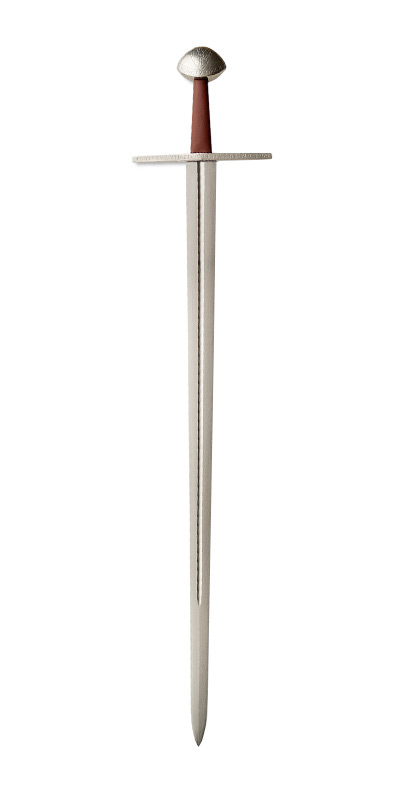
The sword was the iconic weapon of the medieval knight. Typically made of iron or steel, swords featured a sharp, double-edged blade and a hilt for gripping. They were versatile weapons, effective for slashing, stabbing, and parrying. Variations such as the longsword, arming sword, and claymore existed, each suited to different combat situations.
Medieval Longbows
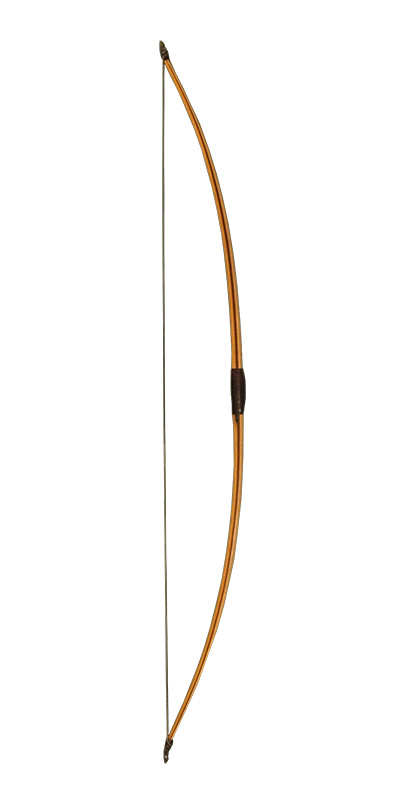
The longbow was a fearsome weapon that revolutionized warfare in medieval England. Crafted from a single piece of wood, often yew, it possessed incredible range and power. Skilled archers could unleash volleys of arrows that pierced the armour, causing havoc on the battlefield. The longbow was pivotal in famous conflicts like the Battle of Agincourt.
Medieval Crossbows
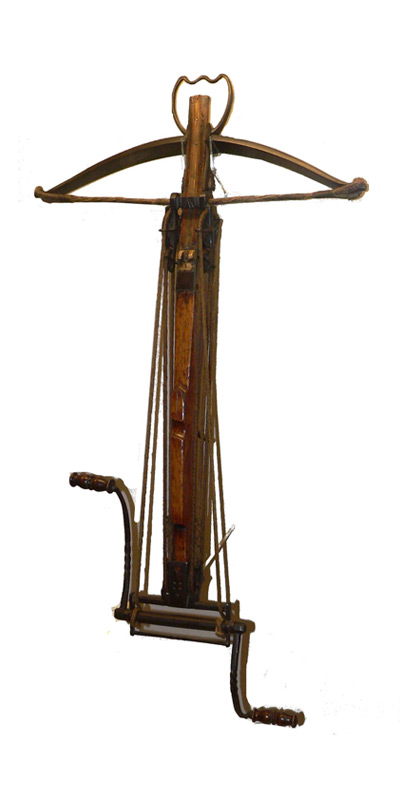
Crossbows were popular among both foot soldiers and knights. These handheld weapons featured a horizontal bow mounted on a stock, with a mechanism that allowed for easy reloading and increased accuracy. Crossbows were capable of penetrating armour, making them effective against heavily armoured opponents. They required less training and physical strength compared to longbows, making them accessible to a broader range of soldiers.
Medieval Maces

The mace was a blunt weapon designed to crush armour and bones alike. Consisting of a metal head mounted on a sturdy handle, the mace’s weight and force allowed it to inflict devastating blows on opponents. The spikes or flanges on the head increased the weapon’s effectiveness, causing severe injury even if the blow didn’t directly strike an armoured area.
Medieval Polearms
Polearms encompassed a wide range of weapons with long shafts and various blade designs. Examples included the halberd, spear, and poleaxe. These weapons granted reach advantage, enabling foot soldiers to engage mounted knights or opponents at a distance. They often featured a combination of spearheads, hooks, and ax blades, making them versatile for thrusting, cutting, and dismounting.
Siege Weapons
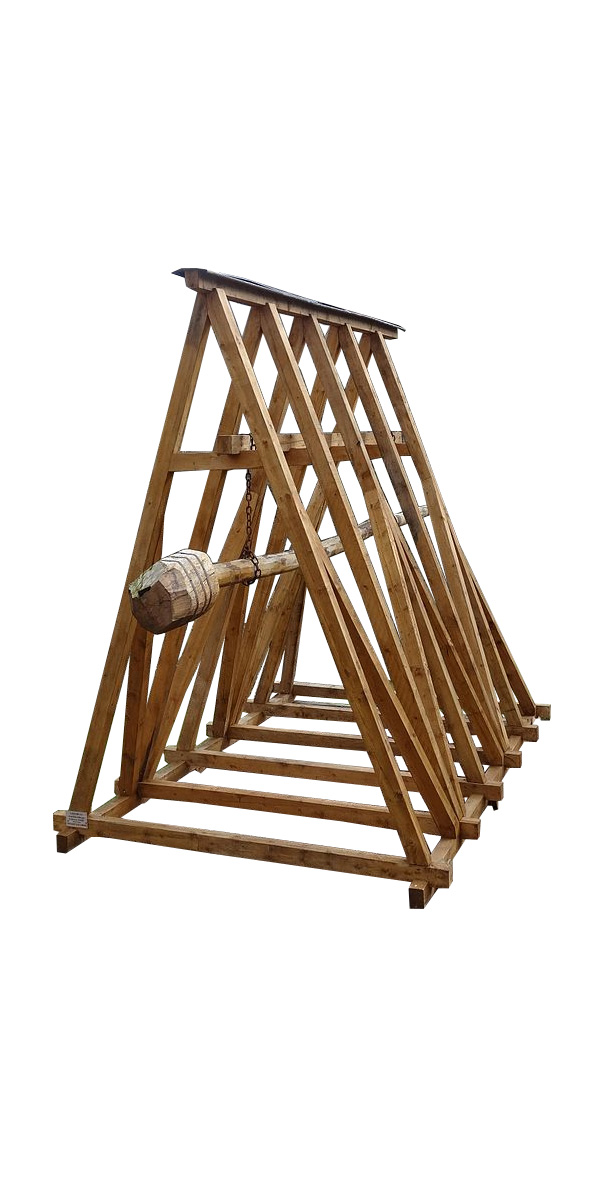
In addition to handheld weapons, the medieval era witnessed the development of powerful siege weapons. Trebuchets, catapults, and battering rams were employed to breach castle walls, while the invention of gunpowder introduced primitive cannons, changing the face of warfare.

